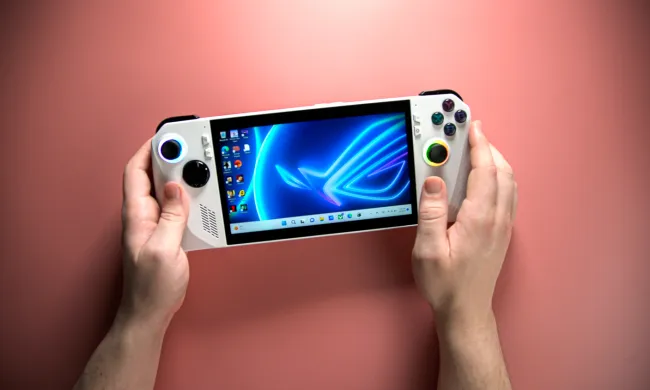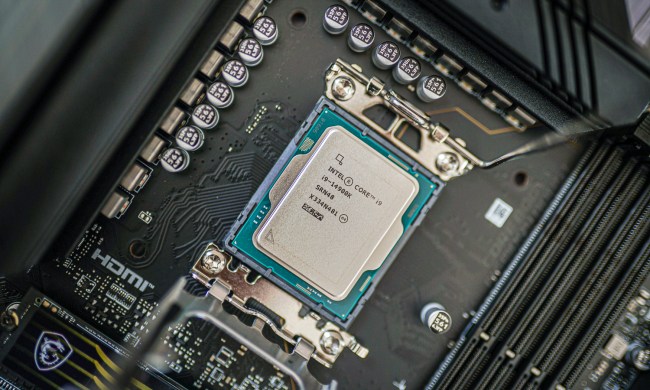Microsoft just lifted the veil on Windows 10 (no, not Windows 9) at an event in San Francisco today, and with it, Microsoft hopes to win back the many desktop PC users that Windows 8 alienated in great numbers back when it was released in late 2012.
During the company’s presentation, Microsoft announced that its next OS would get a bunch of new and returning features, including a revamped Start menu, a version of the Cortana voice assistant (which debuted with Microsoft’s Windows Phone platform), a Notifications Center, the ability to run multiple virtual desktops simultaneously, and much more.
Windows 10 has been rumored for months. In recent weeks, multiple leaks of a Technical Preview version of itrevealed that many of the features Microsoft spoke about today would be included in the next iteration of Windows.
Here’s a breakdown of all the new features that are coming with Windows 10, starting with a fresh take on an old favorite. Microsoft demoed Windows 10 at the event, and described the version that was shown as a “very early build.”
We meet again, Start menu
Hello, old friend! The Start menu, which Microsoft did away with in Windows 8, has made a triumphant return in Windows 10. The decision to not include a Start menu (or even the option to re-enable it) in Windows 8 proved to be a huge mistake, and Windows 8’s and 8.1’s consistently paltry adoption numbers served as continuous evidence of that fact. After all, if that was a such a brilliant decision, Microsoft wouldn’t be bringing the Start menu back in the first place.
The new Start menu offers a breed of familiarity that exists on two levels. On one hand, the Windows 10 Start menu offers the ability to find and search through your list of apps, programs, and utilities.
Then, there’s the Windows 8 Metro aspect of the refreshed Start menu, which may turn off some people who found the Windows 8 Start screen experience too jarring. Aesthetically, the Start menu now looks like it’s the offspring of the Start menu from years past, and the tiled Metro UI from Windows 8. To the right of your list of apps and programs, you can add tiled shortcuts to any Windows Metro apps of your choosing. You can also move the tiled shortcuts around at will, and re-size them. If you prefer to have larger icons in the Start menu, the menu itself will expand horizontally in order to fit them.
Some may find this option welcoming, while others just may want to rid their old/new buddy of anything resembling Microsoft’s last attempt at a desktop OS. Thankfully, that’s possible. You can easily swap out the tiled shortcuts to Metro apps for shortcuts to files, classic Windows folders, links to websites, and more.
Searching from the Start menu also makes a return, and gets some boosts in Windows 10 as well. If you want to just search for something by typing, you can do so via a text-based search field in the Start menu’s bottom left corner. As is the case in the Windows 8 Start screen, once you start typing, results will begin to pop up automatically. They’ll also include results that are pulled from the Internet.You can also shut down and restart from the Start menu.
Multiple virtual desktops with Task View
Windows 10 also adds the ability to run multiple desktops on the same PC via a feature called Task View.
After opening Task View, all you have to do to open a new desktop is click a black rectangle with a plus sign over it. Once you have more desktops open, they’ll appear as individual tiles at the bottom of your screen, oriented in horizontal fashion. You can also pull apps that are open in one virtual desktop over to other ones, which is called “Snap Assist.”
This should make it easier for users to multi-task in Windows 10, but we wonder whether having multiple virtual desktops open and populating them with separate desktop windows and apps will tax your system heavily.
This is a feature that, while welcome, is something that’s very similar to Expose on Mac OS X.
Metro apps running in windowed mode
Now that users can put Metro apps in smaller windows, switching between your Metro apps and other programs will be a lot easier, and less of a headache, making Windows easier to use overall. This is a feature that should have debuted in Windows 8 or 8.1, but we’re glad that it’s finally here.
Windows 8.1 was a welcome but bittersweet upgrade, partly due to the fact that it offered the ability to run Metro apps in the classic desktop UI, but still prevented users from using them in smaller windows. Windows 10 effectively finishes the job here, allowing you to run Metro apps in windows.
Technical Preview and release date
Microsoft said that a Technical Preview version of laptop and desktop users will be available sometime tomorrow, starting October 1. Meanwhile, the OS will get a full launch sometime in the middle of 2015, which coincides with many release date rumors we’ve seen throughout the year.
There’s no word on pricing for Windows 10 at this point. You’ll presumably be able to sign up for the Windows 10 Technical Preview here once the sign-up page goes live.
We are continuously updating this article as more information becomes available…..


